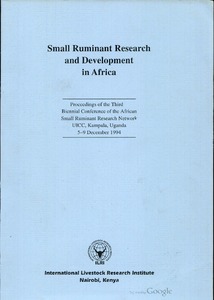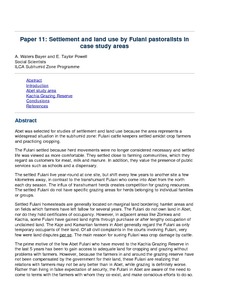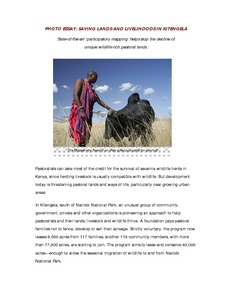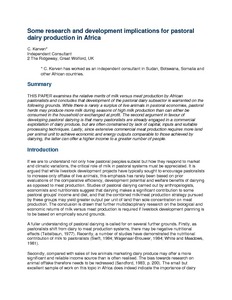Small ruminant research and development in Africa: proceedings of the Third Biennial Conference of the African Small Ruminant Research Network : UICC, Kampala, Uganda, 5-9 December 1994
This volume contains papers and abstracts of the Third Biennial Conference of the African Small Ruminant Research Network. In addition to the keynote address, there are nine papers on Genetic Resources Enhancement and Utilisation, seven papers on Production Systems, Policy and Economics, six papers on Management and Health, 12 papers and Feeding Systems and 10 papers on Performance and Reproduction. Six poster abstracts covering the above topics add to the volume.








